Otogi Zoshi: Vol. 4 Modern History (US)
Introduction
What would make you double dip? Better picture, multi-channel sound, extra features, a cute little teddy bear with each purchase? How about Manga Entertainment's year of hell? As so often appears to happen with Manga, they changed hands over the winter of 2006, and come 2007 the new owners decided to economise on all the anime releases in the UK. It was a nightmare, and if you look at any of my anime reviews of the period, you'll see just how much of a nightmare it was. Extra features went bye-bye on all but the most lucrative of releases, and every show released for the first 8 months of the year went dubtitled. It saves on the BBFC fees to only rate one language for a release, and a cheap cheat is to apply the subtitles transcribed from the English track to the foreign language track. Of course accuracy of translation falls by the wayside when this happens, especially for dubs that are made a little more flowery for the local audience (Tokko is a case in point).
However, the series that suffered the most were the ones that were being released over the changeover. Otogi Zoshi's first three volumes followed the US release with properly subtitled episodes, and a bucket-load of extra features, although Manga pushed their capacity by putting two discs worth of material on single discs for the first two releases, before finally releasing a two disc set for volume 3. But come volume 4, and the subtitles were dropped when they were needed the most, as the modern era resulted in a lot of on-screen text that needed translating, and the extra features never got further than the BBFC. They didn't even bother submitting them for the final two volumes, and the lack of consistency and sudden lackadaisical attitude to what had been a prize series in their catalogue stuck in my craw and festered. What a difference a little importing makes. I've now got my hands on the US releases from Media Blasters, and seeing what UK customers missed out on is even more galling. I knew Manga had made a mess of the release, but I never knew how much of a mess. The release format is a little different, with an episode distribution of 5,4,4 on the US volumes, as opposed to 4,4,5 on the UK discs, and these reviews will have a decent amount of cut and paste. But the extras are all brand new.
Otogi Zoshi is a 26 episode series that has an interesting premise. It's a story told over a thousand years with the first half set during the Heian period of Japanese history, while these final thirteen episodes are set in the modern day. Coming from the powerhouse behind Ghost In The Shell Stand Alone Complex that is Studio I.G., this is a tantalising title. With the Heian arc concluded, we shift to modern day Tokyo, where all the main characters have been reincarnated. For the last year since the disappearance of her brother Raiko, Hikaru has been struggling to come to terms with his loss, and to make ends meet has opened her house to lodgers. Among her tenants are photojournalist Tsuna, fortune-teller Urabe, and playboy Sadamitsu, who lives with his adopted son Kintaro. The final thirteen episodes conclude the generations spanning story, and the first five episodes are presented here on this two-disc set from Media Blasters.
14. Tokyo
In the middle of the worst heat wave Tokyo has seen in years, Hikaru remains intent on finding her brother. What she doesn't expect is to see his face on a ghostly train when she accompanies Tsuna on a supernatural wild goose chase. Of course he didn't see a thing. Back at home she discovers some of her brother's old photographs, with an image of the phantom train that she saw. She becomes determined to track it down, but there is a red-haired stranger intent on thwarting her, warning that the world is teetering on the edge of oblivion.
15. Shinjuku
Tsuna remains sceptical about the photographs, as some depict events that never occurred. Hikaru stubbornly continues her search, focusing on a photo that leads her to a park in Shinjuku. As soon as she drops out of sight, Tsuna realises that he has to find her, and takes one of the photographs to Urabe for her insight. Meanwhile, Hikaru has encountered some homeless people who knew her brother, and who tell her of his study of an ancient shrine deep under the city. She decides to retrace his footsteps, and walks straight into a trap.
16. Shibakouen
When Hikaru sees the image of her brother's face in the static on the television, Tsuna dusts off the old wives tale about how people can see the faces of the dead in the static. He also mentions that the Tokyo Tower, which transmits the signal, is built over a cemetery. So it's off to Shiba Park, and the Tower to investigate, and Kintaro invites himself along. Looking through one of the observation telescopes at the tower, Hikaru spies her brother in the cemetery. There is definitely more to the cemetery than meets the eye. There's a hole in time, and Kintaro wanders right in.
17. Kourakuen
Kintaro scores some tickets for the boxing, and persuades Sadamitsu to take him. It's a bittersweet trip for Sadamitsu though, as it reawakens some painful memories. With rumours of a boxing tournament twenty years in the past being re-fought in the twilight hours at the Tokyodome in Kourakuen, those memories come back to vivid life.
18. Ueno
A dream of flowers in flames haunts Hikaru, and looking again at her brother's photographs, she sees the same images there. Urabe recognises the location and points them to Ueno. With Tsuna in tow, the three of them head there to investigate, but it seems as if Hikaru's dreams are coming true. The park there is caught up in a conflagration, and Hikaru finds herself drawn into another place, another time. Her rescuer is unexpected though, the red haired stranger.
Picture
Otogi Zoshi is presented in a 4:3 aspect ratio and while compression artefacts are scarce, the transfer is clear, sharp and colourful. There is still moiré and shimmer over fine detail though. The animation, as you would expect from Production I.G is something quite special. For the modern era, all the characters have had a makeover, Hikaru has short hair and given the heat wave, has a preference for suitably brief clothing, Tsuna settles for jeans and a T-Shirt, while Sadamitsu looks like a pimp. There is once again a degree of stylisation, posterized photographs represent real life locations, but there is a greater degree of familiarity with the modern character and world designs. The animation seems to have gained a degree of fluidity over the Heian arc as well.
Again with the NTSC transfer played back on European systems, you may notice a slight flicker in the image, and a lower resolution, but that's offset by the lack of NTSC-PAL ghosting and a greater clarity and sharpness.
Sound
You can choose between DD 2.0 and DD 5.1 soundtracks in both English and Japanese. I chose the Japanese 5.1 track and it's a good expressive surround track. The English track is just as good, and as usual with recent anime releases, the dub is professional and easy to listen to. It's all change for the themes, and the new opening is a catchy little tune that has the characters singing along to it in the opening sequence. The end theme of episode 13 now ends all the episodes. The incidental music has also changed from traditional to contemporary, although it still suits the story well. But here's what is so attractive about this disc. This release is fully subtitled with proper translated subtitles for the dialogue and captions for the onscreen text. There is also a separate signs only track for the onscreen captions if you are watching the English dub. And it makes all the difference.
Extras
A whole second disc of extras… There's something just so satisfying about typing that.
You'll find the ubiquitous trailers for other Media Blasters anime releases through Anime Works. Ah! My Goddess (released in the UK by MVM), Blame!, Grenadier, the utterly bizarre Midori Days, and Giant Robo.
There is a four-minute music video for the opening theme "Today and Tomorrow are the Same Future" by Gomes The Hitman, a song that I adore.
The Group Discussion 5 lasts 21 minutes, and unlike the earlier informal pub chats of the first three volumes, is something a little more structured, with Michiko Yamakawa of Production IG interviewing director Mizuho Nishikubo, sound director Kazuhiro Wakabayashi, and chief writer Yoshiki Sakurai. They talk about transferring the characters to the modern era, and the changes in structure for the story.
The Group Discussion 6 also on this disc lasts 28 minutes, and features the same people as before. This time there is more focus on the sound, music and ADR process for Otogi Zoshi. There is quite a bit of detail here, and I wasn't quite aware of what dubbing an anime entailed. It's far more than just having your actors in a recording booth, keeping in time with lip flaps.
There are two Tokyo University Tokyo Lectures on this disc, presented as one featurette totalling 27 minutes in length. It's goodbye to historian Kazuki Hongo from the Heian arc, and a welcome to Hiroyuki Suzuki, professor of the History of Architecture at Tokyo University, and he goes over the various locations that pop up in these five episodes, their histories, and how they fit into modern Tokyo. As usual these are valuable comments, but unlike the Heian lectures, these are more specific and aimed more at local audiences.
Conclusion
Otogi Zoshi leaps forward in time by around a thousand years, and it's like it's a completely different show, both stylistically and thematically. The Heian arc was very formal, a little stilted, and had the look of a piece of artwork. The Modern era almost mirrors this, in giving its locations a contemporary photo-realistic look, and a more fluid and free flowing feel to the animation and dialogue. Also, whereas the earlier story was very much a mythic quest bound up with elements of the supernatural, the four episodes on this disc take their cue more from shows like the X-Files, as the protagonists investigate the strange occurrences around Tokyo. It's a shift from fantasy to sci-fi that suits the change in period well.
As we have already encountered these characters, their reintroduction is almost glossed over in these episodes, but naturally there are differences to account for the change in era, both in terms of look and attitude. Of course Hikaru is no longer pretending to be male, and the formalised relationships are literally a thing of the past. Yet Tsuna is still Hikaru's protector, if informally. Raiko was his upperclassman, and since his disappearance Tsuna has been keeping an eye out for Hikaru. Sadamitsu appears to be the least changed of the characters as he still has that playboy attitude, but his position in society seems to have suffered because of it. With the change in era, there is also much more humour to the proceedings, and the characters are wittier and more spontaneous.
It becomes apparent early on that the climactic events of the Heian arc have had lasting consequences down the centuries, consequences that are now coming to a head. It's as if reality has been fractured, and something is leaking through the cracks. Hikaru seems alone in seeing visions of her brother, and naturally there is an enigmatic stranger warning her away. He's bound to be playing a bigger part as the story progresses. Early on, it appears that Hikaru may be seeing things, and that Tsuna is just humouring his friend's little sister, but as events progress, Kintaro and Sadamitsu get drawn into the bizarre occurrences. Urabe is conspicuous by her absence in the first four episodes, apart from a brief appearance to read Tsuna's fortune. She plays a greater role at the end with a strong episode that really ties in the modern era to the Heian arc. There is the initial dream that spurs Hikaru into investigating some odd photographs of burning flowers. It leads her to Ueno, where she gets pulled into another time. It falls down to the red-haired stranger to rescue her when Tsuna is unable to.
Otogi Zoshi has really changed up a gear with this modern arc. The contemporary setting provides an instant familiarity that the Heian arc lacked, and the story is faster paced. Whereas the earlier episodes were all about the overall quest for the Magatama beads, these five episodes, as well as contributing to the overall story, also tell their individual tales too, resulting in a denser, more rewarding watch. The mysteries are inviting, the stories engrossing and the show has become that much easier to enjoy.
If there was one saving grace of the Manga mess-ups, it was that the dub wasn't too far removed from the original track, or at least there weren't that many instances of out of place dialogue or deliberate Americanisations. My only real gripe was with the lack of translation for on screen text, and that only for episode 23, where text was a big part of the plot. Two minutes into episode 1 and I realised how wrong I was. The on screen text is downright essential for this show, you really need to know where the characters are in Tokyo, and there are so many neat touches and references to the Heian arc, that without the captions you're missing a fair amount of the story. The Tokyo arc begins with Tsuna on assignment, with Hikaru in tow, and the two wind up fleeing from a motorcycle gang. Only in the US version, the text on their banner is translated and we realise it is the Tsuchigomo gang. The Manga Entertainment disc completely misses the parallels drawn between this and the start of the Heian arc, which saw the mediaeval incarnations of Tsuna and Hikaru fighting the Tsuchigomo clan on horseback. This continues through the disc, with little touches and references to the Heian arc that we remain completely oblivious of in the UK release. As the story is all about the mirroring of the two time periods, this is all really essential stuff that we miss out on.
If only for this, I'd say double dipping on the US versions is essential for fans of the series, but the added disc of extras adds some significant value to the whole package, making this a series to treasure and keep, rather than the disposable treatment that Manga gave to the second half.
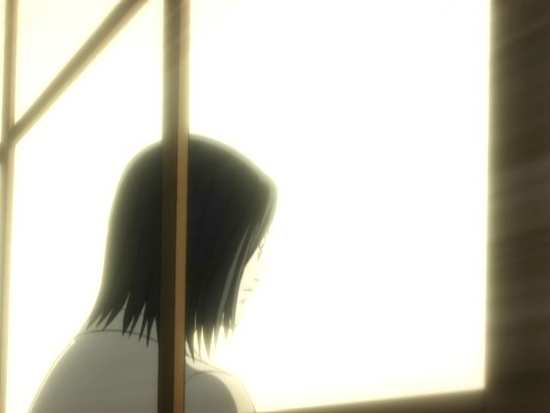
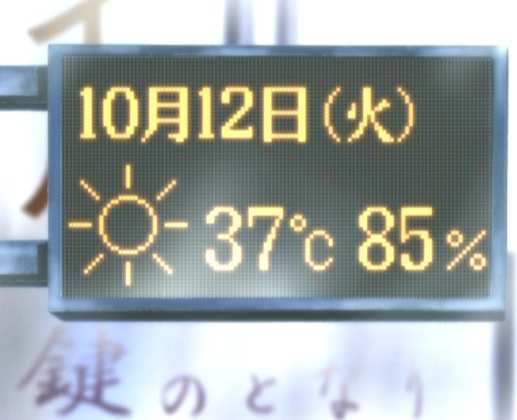
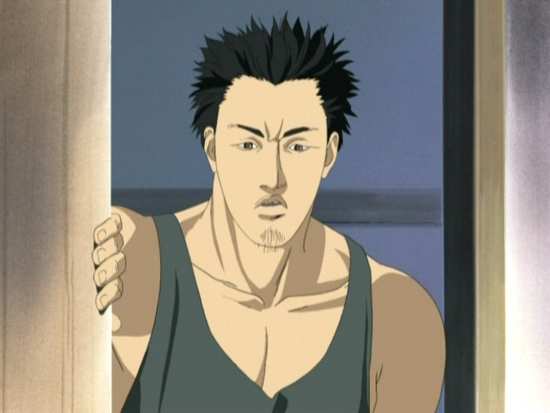
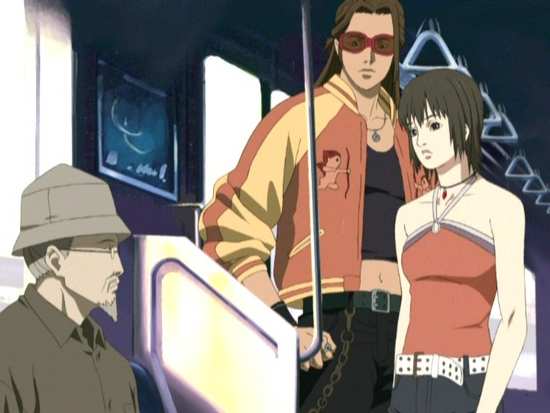
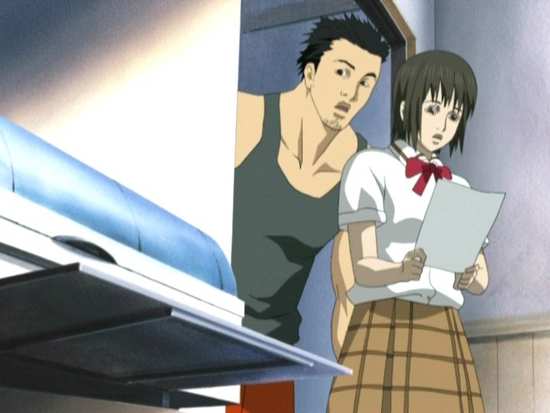
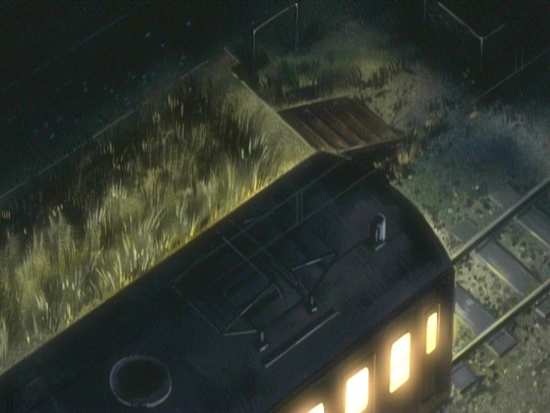
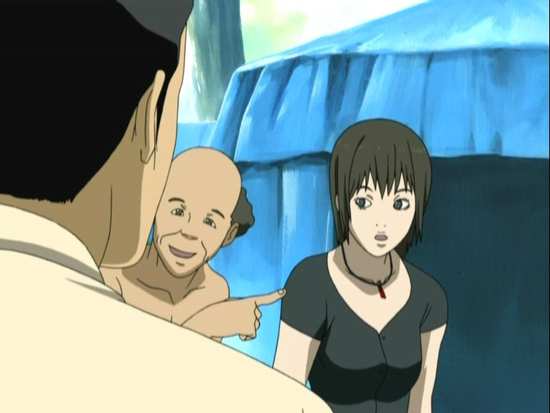
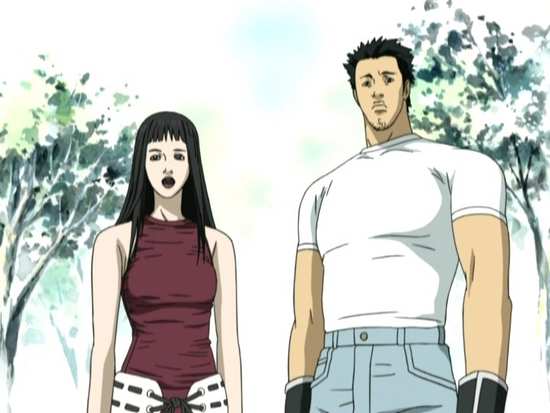
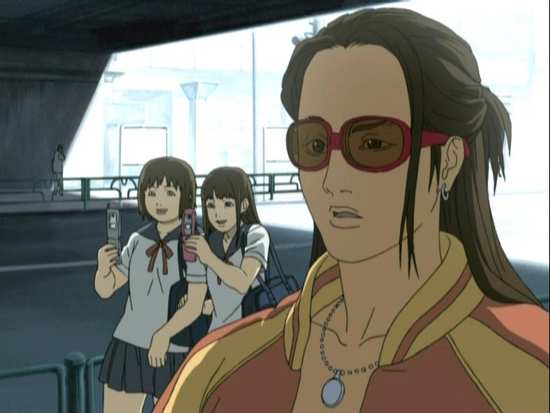
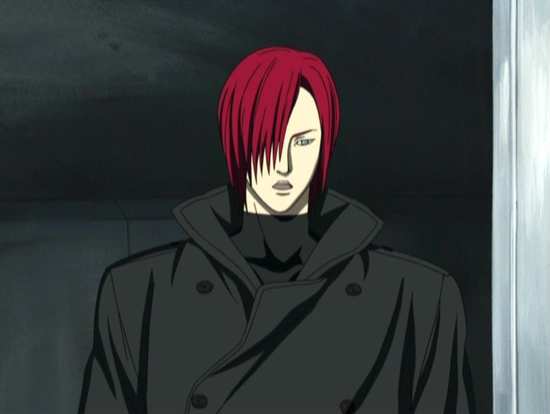
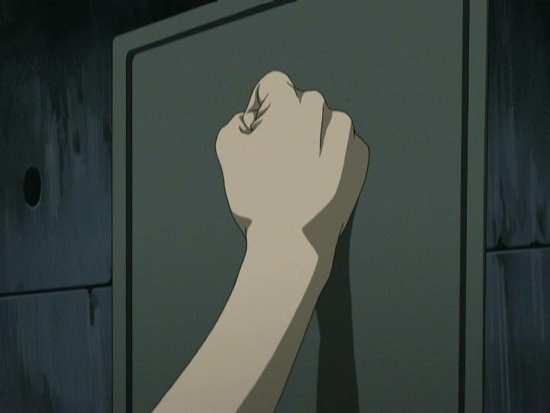
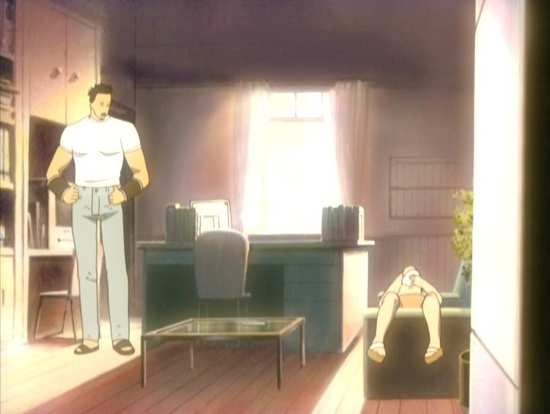
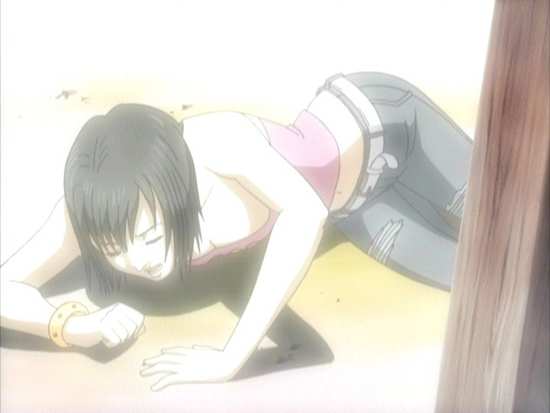
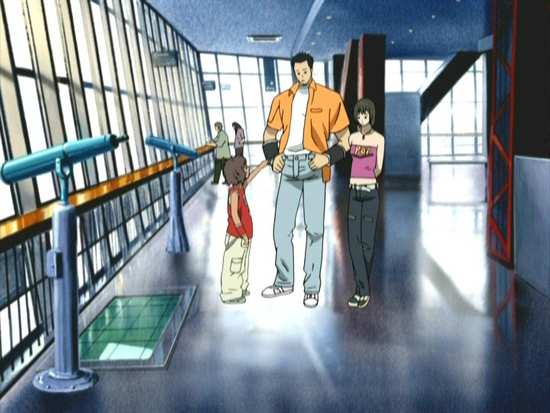
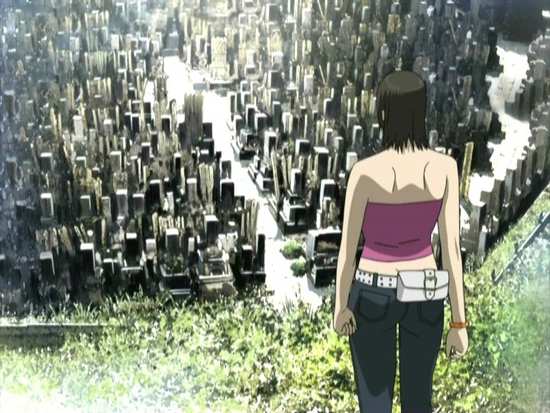
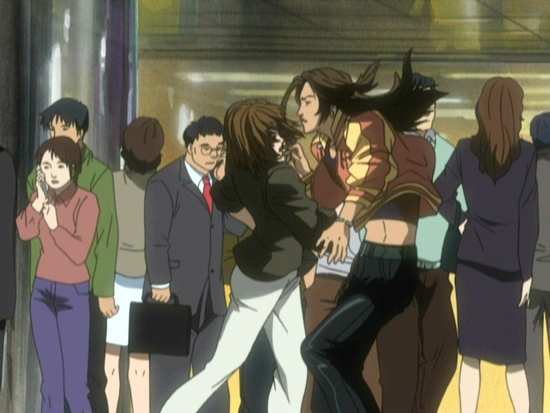
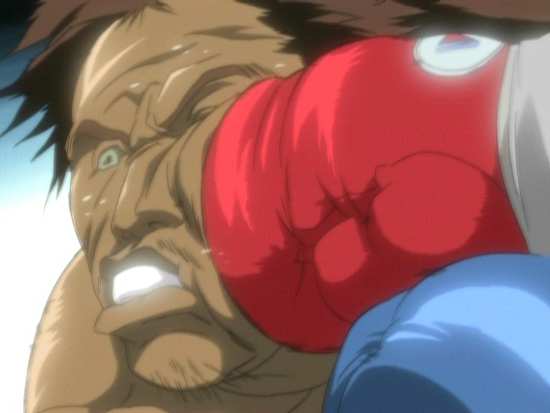

Your Opinions and Comments
Be the first to post a comment!